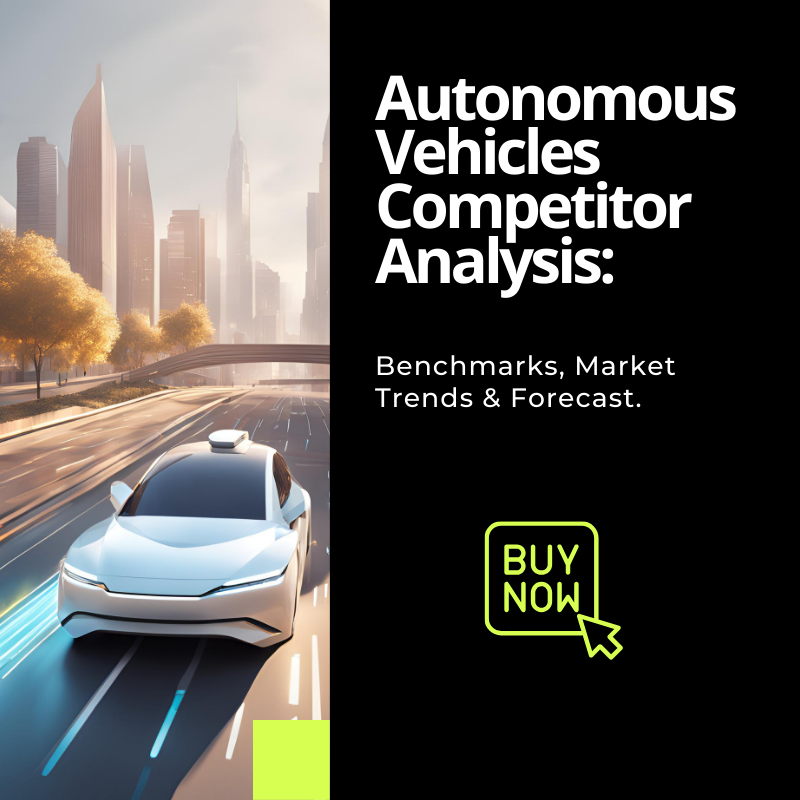Recogni’s Peta-Op class performance & low-power consumption to enable ADAS Level 2+ & Autonomy
Auto2x spoke to RK Anand about Recogni’s computing platform that combines Peta-Op class performance & low-power consumption to enable ADAS Level 2+ and Autonomy.
“The technological advancements of Recogni’s computing platform could solve the perception processing challenges that hold back the transition from ADAS to Level 3-4 autonomous driving”, says Auto2x
Recogni is enabling ADAS Level 2+ and Autonomy by leveraging its Peta-Op class, high-performance and low power consumption vision inference system. The company was founded in 2017 and it is backed up by Toyota Ventures, BMW i Ventures, Faurecia, Bosch and Continental among other investors.
Auto2x spoke to RK Anand to understand how the company solves the technological challenges in processing vehicle sensing to support the progress to higher levels of autonomy.
Excerpt from the interview
RK Anand: “We are a Silicon + Systems + AI company. Our vision for Recogni was to solve the fundamental compute problems in vehicles for AI. Our purpose was to build compute that is an order of magnitude better than anybody in the world”.
“Recogni has the world’s highest performing AI inference device at the edge for vision processing, the first Peta-Op class (one quadrillion operations per second) device. Our chip is at least 8X, maybe 10X, better than anything else in the industry. It also has a power consumption number that’s lower than the industry’s leading devices.
We’ve not only built the chip and the software but have a functioning system that operates at a better op/s at a very low power of 25 Watts.
The combination of computing performance and low power consumption allows us to achieve sensing capabilities that are getting close to real human perception,” continues RK Anand.
The need for computing to advance driver assistance systems to highly autonomous driving
Autonomous Driving computational platforms that combine high-performance processing of vehicle perception data and low power consumption are one of the building blocks to transition to higher levels of autonomy. Today, many players are facing challenges with real-time processing of the vast amount of data required to enable SAE Level 3 and 4.
Higher levels of autonomy require enhanced perception redundancy, new centralized architecture, and driver-facing cameras among others. The new software and hardware requirements will drive demand for new generation ADAS sensors, chips and super-computers, AI, HD maps etc. They will also drive further collaboration between OEMs and Tier 1s-2s for the development of AD platforms.
Auto2x assesses that revenues from ADAS & Automated Driving will almost double between 2021 and 2025 to reach €35 Billion due to the increase in sensor content. Recogni is tapping into the Level 2+ and Level 3 autonomous driving market with its unique solution.
Interview Contents
- About Recogni
- Capabilities as a “Silicon+Systems” company, across the U.S & Germany
- Product, market fit & customer acquisition: top priorities today
- Recogni’s product differentiation
- Recogni’s advantage: high-power, low-consumption computing platforms
- How to unlock full autonomy: Sense (Perception) | Plan (Computing) | Act
- Computing has been a key challenge in upgrading ADAS camera resolution and frame rate for safety and higher autonomy
- The industry needs to shift from low-performance sensors that merely comply with regulations to perception accuracy that saves lives
- Product positioning and market fit
- Optimised design for low power delivers cost efficiencies and scalability
- OEMs who are falling behind in Autonomy could benefit from Recogni’s chips
- Growth trajectory
- Leveraging the technological advantage to increase customer acquisition
- Milestones: Deployment in 2023 with Trucking customers and 2024 with Passenger car OEMs
- Product roadmap: integration, next-gen chips & systems
- How to overcome the challenging road ahead
- Alignment with client delivery schedules is crucial
- Scaling up the team by complementing compute experts with experienced automotive teams
To learn more about Recogni visit recogni.com


